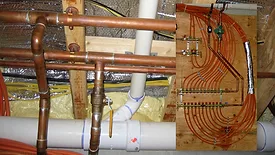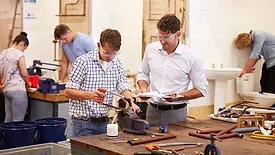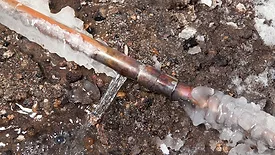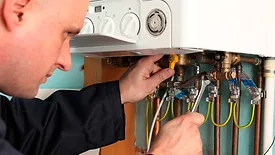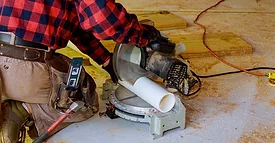Plumbing & Mechanical Top Stories
Plumbing Apprenticeship
Centuries-old training traditions still guide young professionals navigating a fast-changing industry.
Read More
The Glitch & The Fix: Zone 3 failure
Can you figure out why this boiler circulator failed?
December 16, 2025
The future of jobsite piping: pre-fab and push-fit
As labor shortages and rising costs squeeze contractors, off-site fabrication and push-fit technology is transforming how plumbing systems are built.
December 15, 2025
Guest Editorial | Phil Hotarek
Recruit character, teach skill
How everyday interactions can reveal candidates with the heart, grit and service mindset the trades desperately need.
December 11, 2025
Guard on Compliance | Misty Guard
The European union's due diligence mandate: implications in a global economy
U.S. manufacturers face compliance challenges and legal conflicts as the EU’s new Corporate Sustainability Due Diligence Directive extends its reach across global supply chains.
December 10, 2025
Preventing sprinkler freeze failures starts long before the cold arrives
Why clearly defining heated envelopes, coordinating insulation and choosing the right dry technologies are essential to reliable fire protection in cold conditions.
December 9, 2025
And So It Flows Podcast
Podcast: All hands on deck: Technical training for the next generation of pros
December 9, 2025
Hydronics Workshop | John Siegenthaler
Injection mixing revisited (part 2)
Advanced ways injection mixing can manage temperature, protect equipment, and stabilize modern hydronic systems.
December 8, 2025
eBook | Water Conservation, Quality & Safety 2025
Advancing safer, more resilient water systems for a sustainable future
December 8, 2025
Cautious growth through critical change: 2026 Plumbing Industry Outlook
Markets stabilize, regulations intensify, and AI accelerates: industry leaders share where opportunities will emerge.
December 5, 2025
Keep your content unclogged with our newsletters!
Stay in the know on the latest plumbing & piping industry trends.
JOIN TODAY!Copyright ©2025. All Rights Reserved BNP Media.
Design, CMS, Hosting & Web Development :: ePublishing



